Dividing Perennial Herbs: Learn About Herb Plant Division
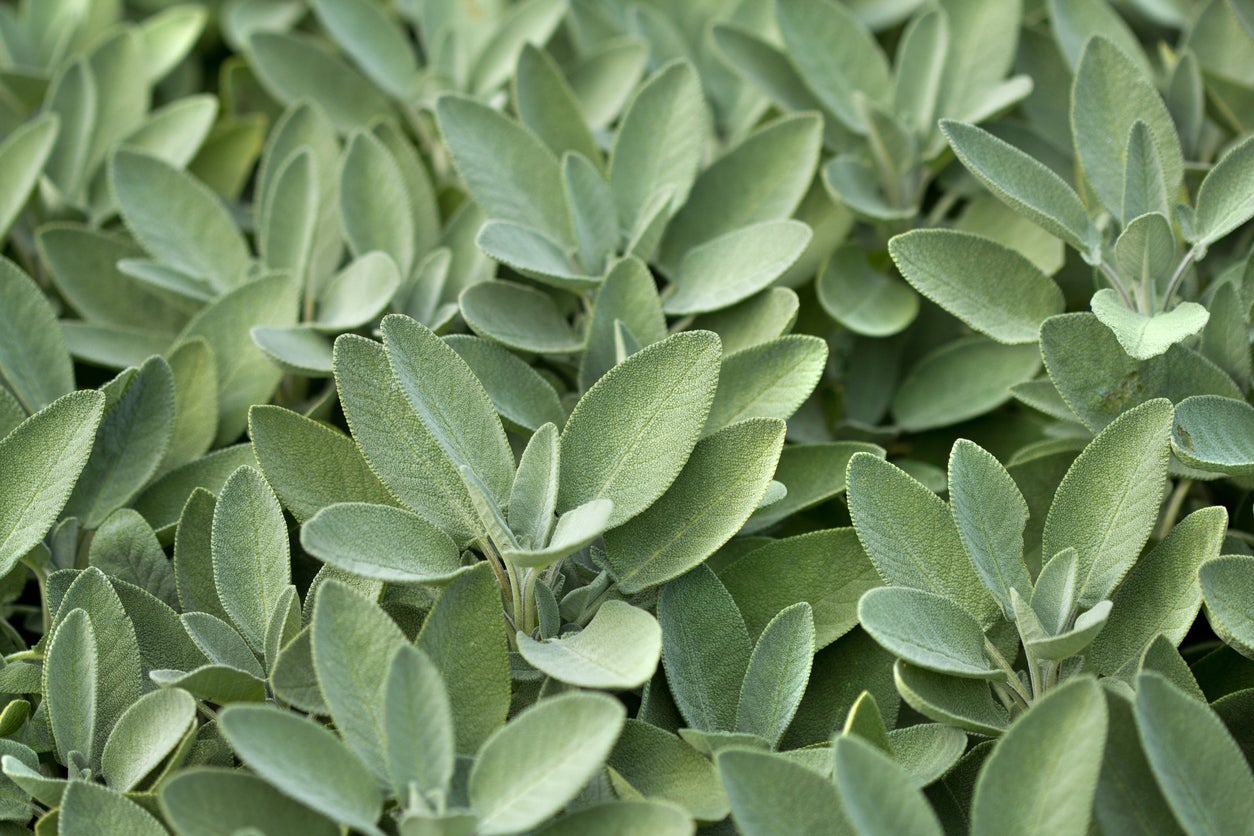
Dividing or splitting perennial herbs is a simple method of propagation and/or rejuvenation. Sometimes, the plants get too large for an area and begin to take over or you want to populate another area with a certain herb. This is when herb plant division comes into play. How do you know when and how to divide perennial herbs though?
When to Divide Herbs
Herbaceous plants should be lifted and divided between the early autumn and midspring, depending on weather conditions. This means that in areas where the weather is mild in the fall, divide the herbs. In colder regions, herb plant division should occur in the spring when the roots are still slumbering. To keep herbs at their peak, they should be divided every two to four years.
How to Divide Perennial Herbs
Herbs that do well propagated via root division include:
Dividing perennial herbs is simply done with a garden fork or shovel and a sharp knife. Just dig around the base of the plant and lever the root ball out from the soil. Grasp the clump and divide it with the sharp knife. Depending upon the size of the original plant, you may cut it in half, making two plants or multiple plants if the root ball is huge. Be sure that each divided section has roots and shoots. For herbs like chives and lemongrass, divide by gently pulling them apart. For herbs that produce runners like mint and catnip, dig up new plants and transplant them. Replant the divided sections immediately if possible. If not, keep the roots of the new transplants moist and out of the direct sun until you can plant them. Be sure to water in the newly transplanted divided herbs immediately after planting.
Gardening tips, videos, info and more delivered right to your inbox!
Sign up for the Gardening Know How newsletter today and receive a free copy of our e-book "How to Grow Delicious Tomatoes".

Amy Grant has been gardening for 30 years and writing for 15. A professional chef and caterer, Amy's area of expertise is culinary gardening.
-
 Looking For Plants To Give You The Soft And Fuzzies? Try These 5 Fuzzy Leaf Plant Options
Looking For Plants To Give You The Soft And Fuzzies? Try These 5 Fuzzy Leaf Plant OptionsLovers of texture, drama, silver foliage and tactile plants will adore these special sensory garden additions. These fuzzy leaf plant options will leave you all aglow
By Susan Albert
-
 Get Ready For A Summer Of Hummers! Grow These Full Sun Hummingbird Plants and Flowers
Get Ready For A Summer Of Hummers! Grow These Full Sun Hummingbird Plants and FlowersIf you’re lucky enough to enjoy a sunny backyard, make sure you are maxing out on your pollinator opportunities and grow these full sun hummingbird plants and flowers
By Tonya Barnett
-
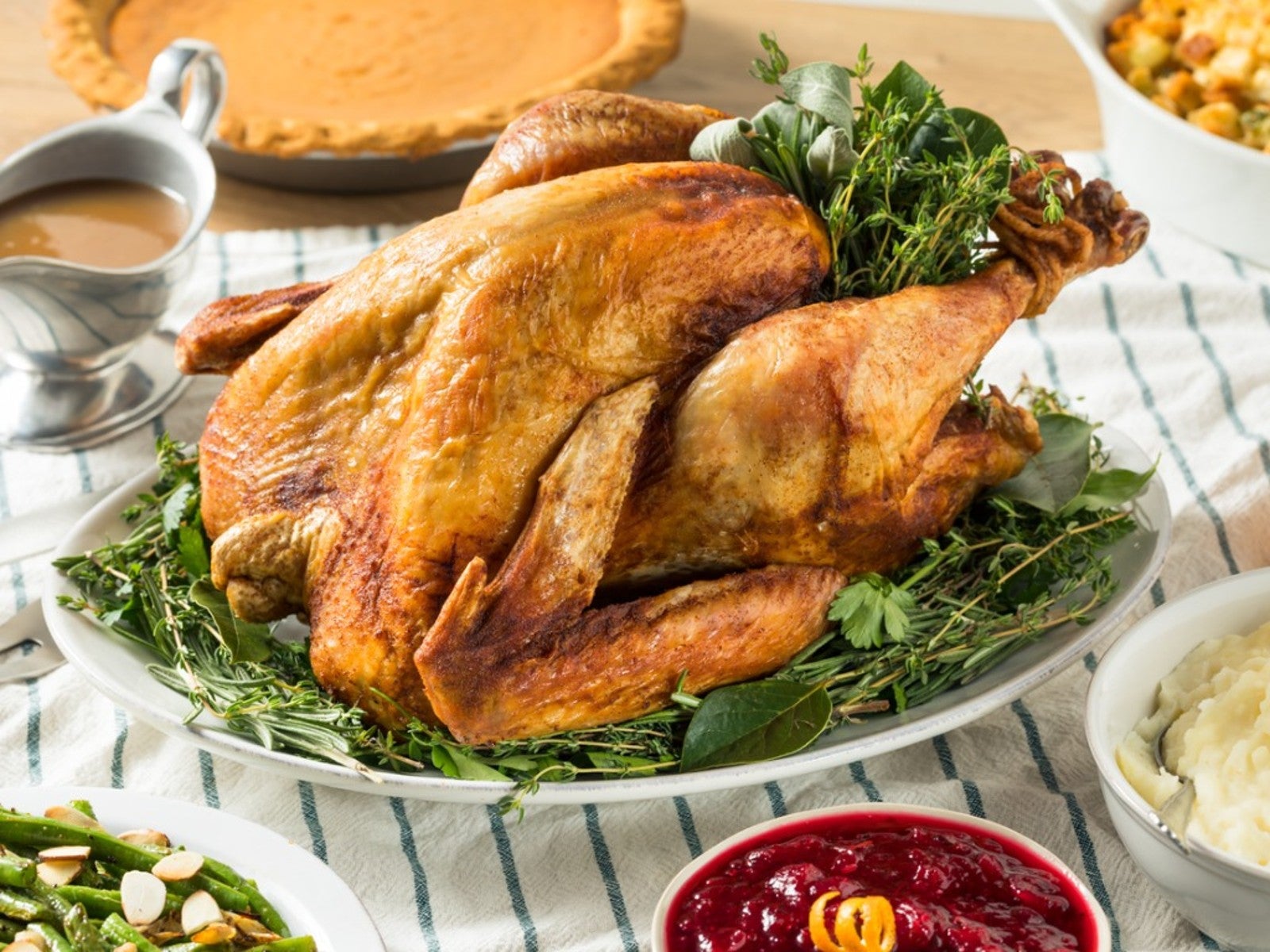 Grow Tasty Herbs For Roast Turkey In Your Garden
Grow Tasty Herbs For Roast Turkey In Your GardenCan you season your turkey with herbs you grow in your own garden? Yes! Click to learn more.
By Amy Grant
-
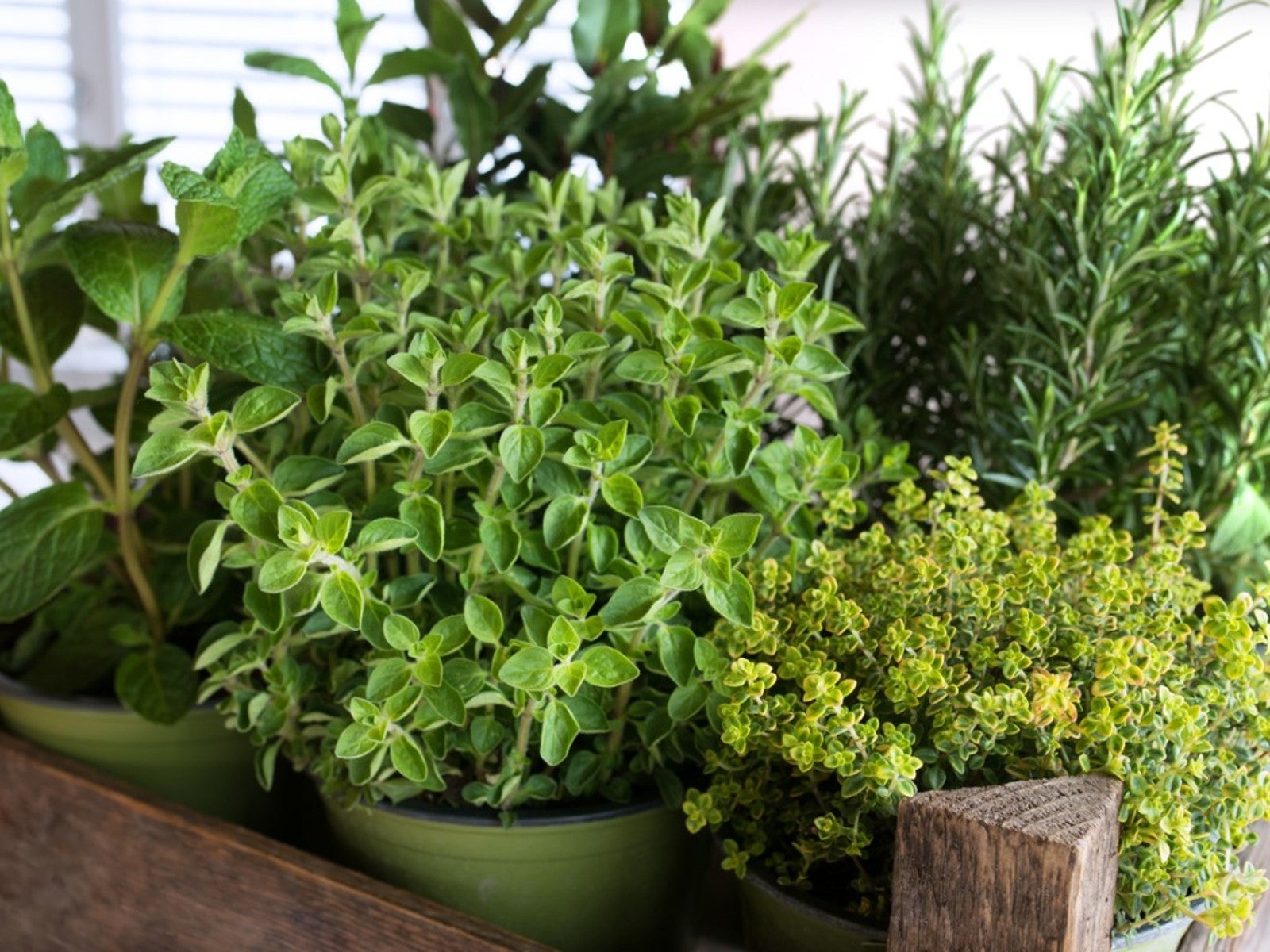 10 Easy Herbs For Beginners
10 Easy Herbs For BeginnersIf you’re new to herb growing, there are some perfect beginner herbs that are low maintenance and easy. Here are our top ten.
By Mary Ellen Ellis
-
 How To Make A Rain Gutter Herb Garden
How To Make A Rain Gutter Herb GardenOne really fun look outside the box is a hanging rain gutter herb garden. A gutter planter is a unique way to house and showcase plants.
By Bonnie L. Grant
-
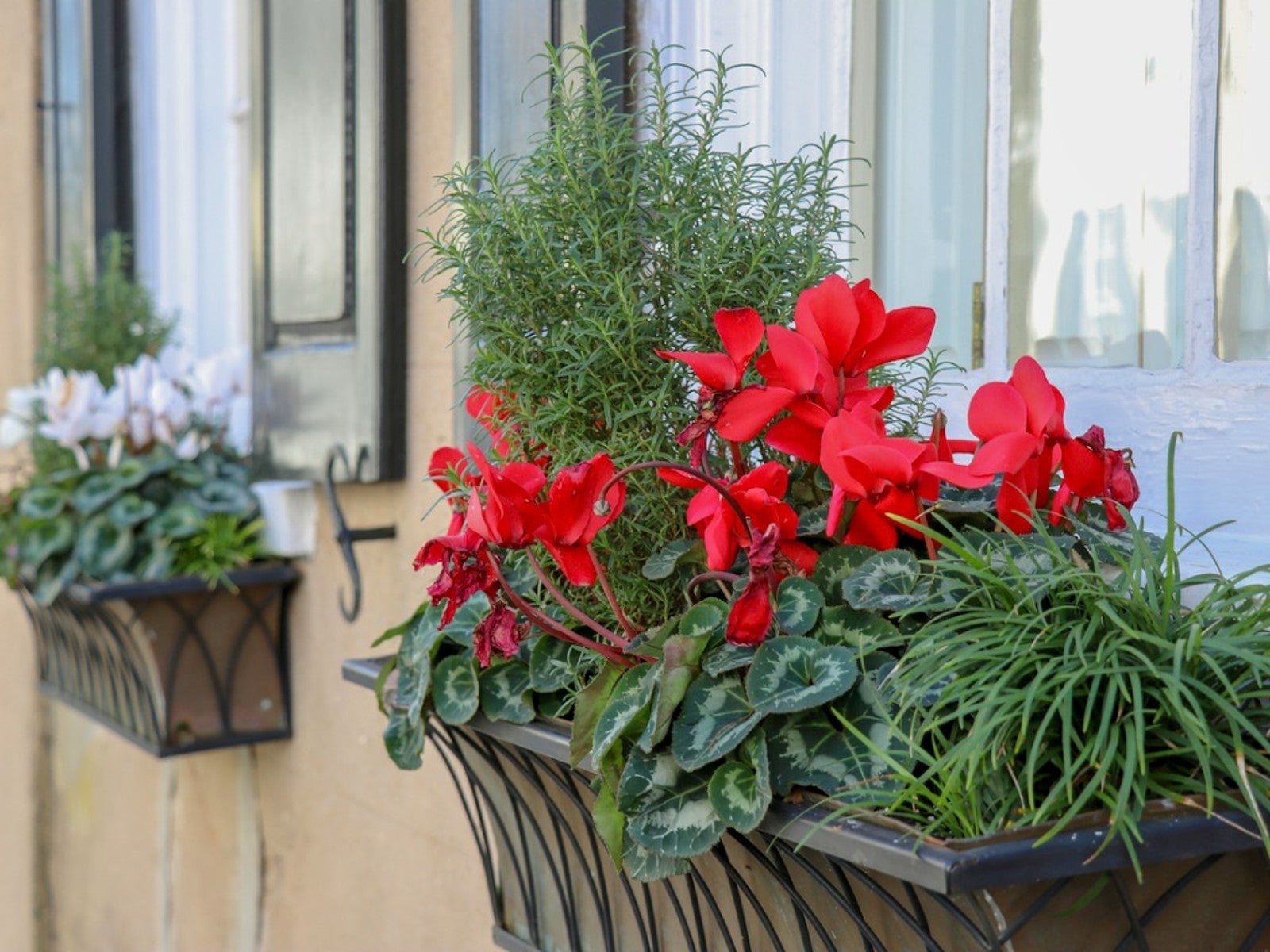 Grow A Beautiful, Edible Herb Window Box
Grow A Beautiful, Edible Herb Window BoxGrowing herbs in window boxes is a space-saving method for producing culinary ingredients for kitchen use. Click for more.
By Laura Miller
-
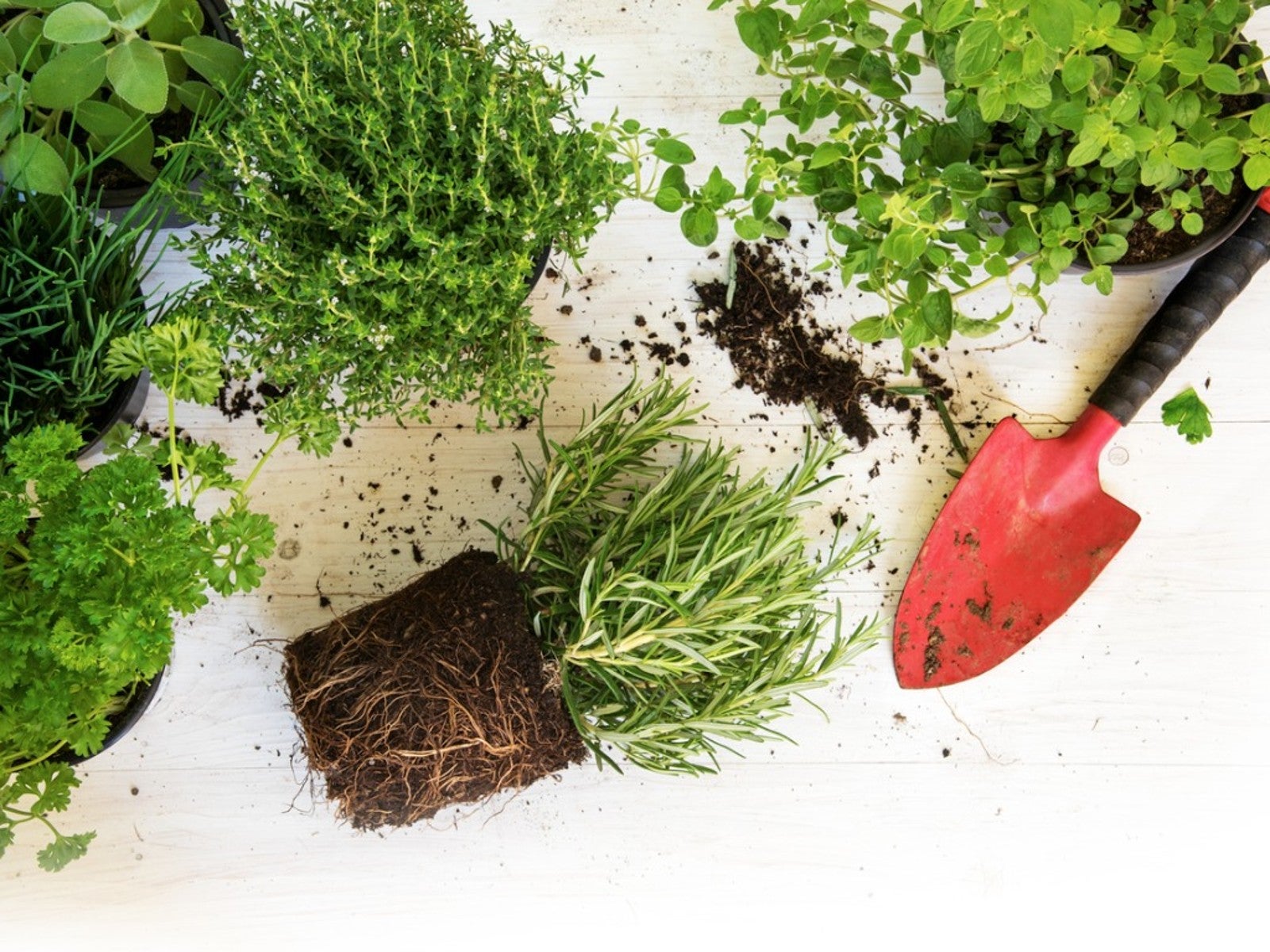 Best Herbs To Direct Sow Vs. Start Indoors
Best Herbs To Direct Sow Vs. Start IndoorsKnowing when to buy herb plants or start them from seeds or cuttings is essential to your success. Read on to learn more.
By Laura Miller
-
 Learn About The Highly Prized Silphium Herb
Learn About The Highly Prized Silphium HerbWhat if there was a perfect plant? In ancient times such a treasure existed. It was the silphium plant.
By Laura Miller
-
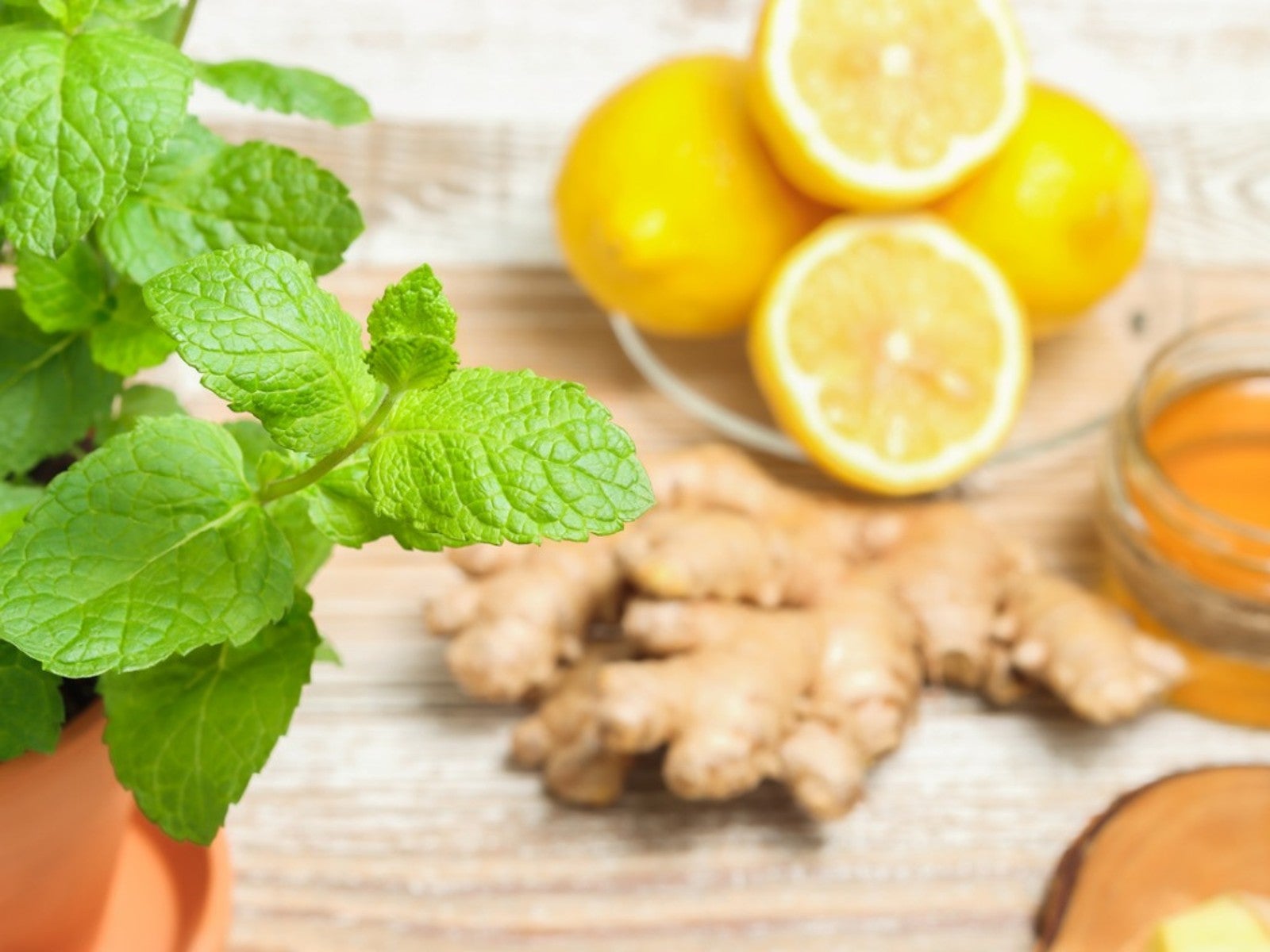 Grow Healing Herbs Indoors: Combat Winter Illness With A Medicinal Garden
Grow Healing Herbs Indoors: Combat Winter Illness With A Medicinal GardenIf you are growing medicinal plants at home, did you know you also can grow an indoor medicinal herb garden? Read on for more.
By Susan Albert
-
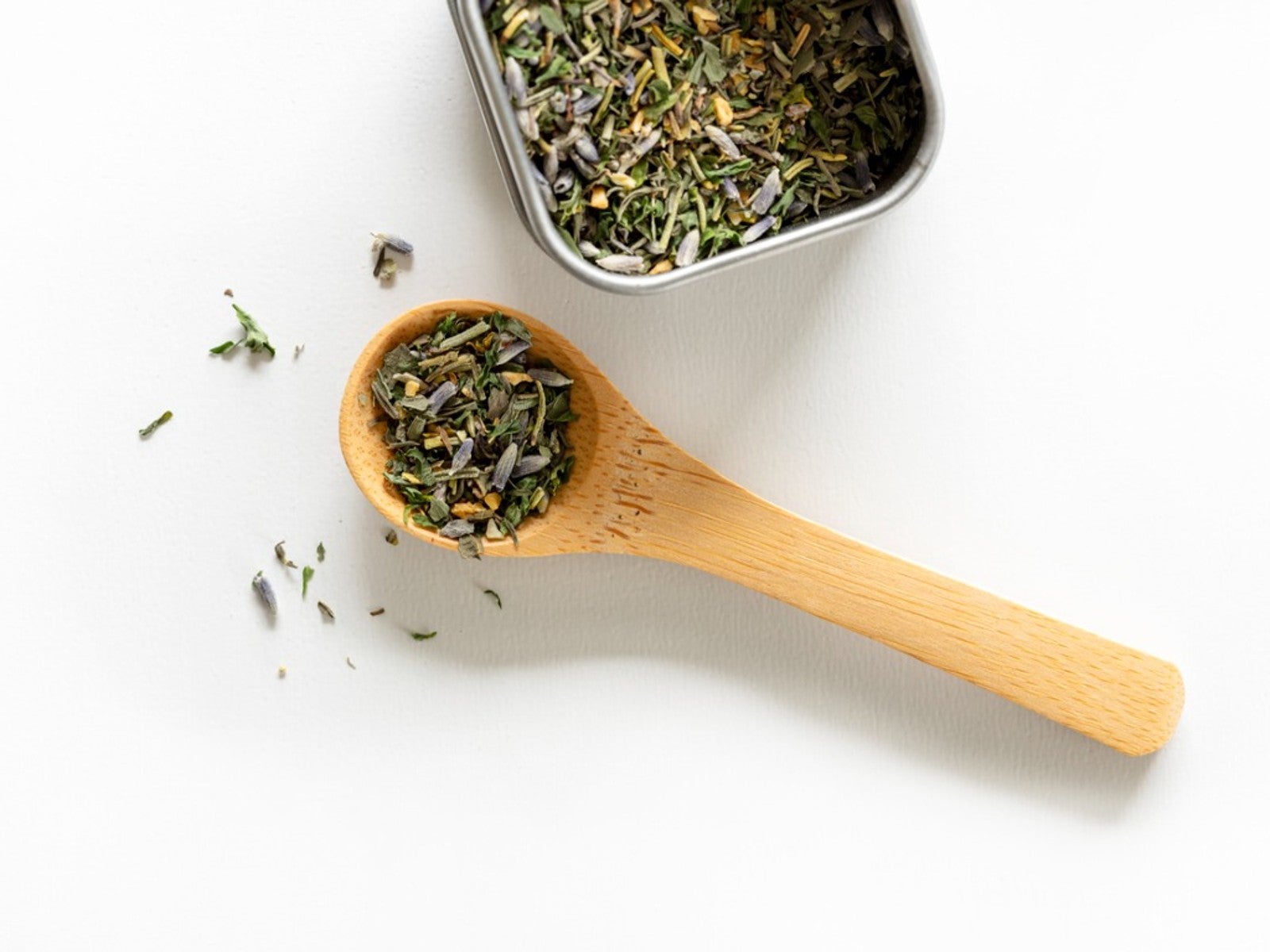 Grow Your Own Herbes De Provence - How To Grow, Dry, And Store Herbs
Grow Your Own Herbes De Provence - How To Grow, Dry, And Store HerbsHomemade gifts can add that special touch to any occasion, such as a jar of herbes de provence. Click here to learn how to grow and make your own for gifting.
By Laura Miller